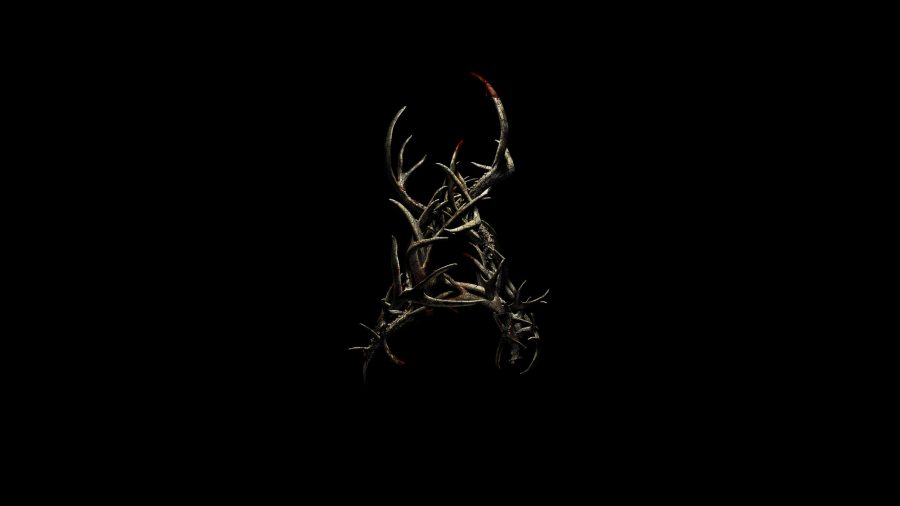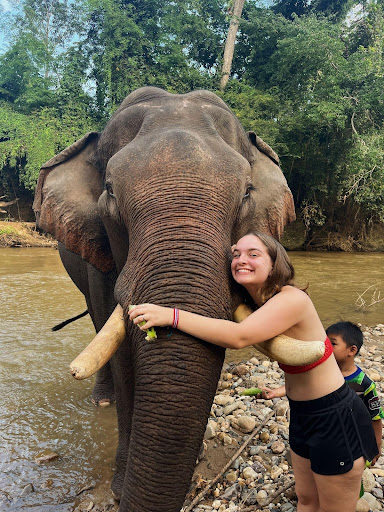The horror film genre is often filled with movies that miss the mark, and “Antlers,” unfortunately, is no exception to that trend. Set in a small town in Oregon, the protagonist, Julia (Keri Russell), has recently moved back to her hometown and picked up a teaching job at the local elementary school. She lives with her brother, Paul (Jesse Plemons), and returns home following the death of her abusive father, which is hardly elaborated on. She soon notices a boy in her class, Lucas (Jeremy T. Thomas) who is showing signs of neglect and abuse.
Prior to Julia noticing Lucas, his father, Frank (Scott Haze), had somehow been exposed to a wendigo, a creature of native folklore that spawns from cannibalism, and had begun transforming into a wendigo of his own. There is virtually no explanation regarding how Frank began the transformation, apart from First Nations’ native lore that is quickly injected into the film to justify the presence of the wendigo.
Lucas, unaware of what is truly happening to his father, begins to take care of him. Soon after, Lucas’ little brother, Aiden (Sawyer Jones), begins showing the same symptoms as his father. Little is done to elaborate on how either of them began to experience the sickness that turns them into wendigos, especially with Aiden, who had not even been in contact with the original wendigo. That plothole is very noticeable.
For a movie that so heavily relies on Indigenous storytelling and folklore, there is very little representation of the people from which the story of the wendigo originates. The only representation that the First Nations get is when Julia and her brother visit a member. They go in order to find some sort of explanation as to why cannibalized human corpses have been popping up suddenly, and that interaction lasts for only three minutes.
The film is sloppy in its narrative and relies heavily on corny CGI to display the “true form” of a wendigo. Its execution in that matter is poor, to say the least. Also, the movie, at only 99 minutes long, feels much longer, and tends to drag at some points. As the film draws to a close, there are numerous plot points that are left unanswered, and you definitely walk away from the film feeling unsatisfied. However, some of the themes that the movie explored are worth noting. For example, the wendigo’s insatiable appetite for human flesh seemed to be representative of the opioid epidemic that plagues that area. On top of that, the wendigo also seemed to be symbolic of intergenerational trauma and abuse, which, if it was executed in a better fashion, would have been a great layer added to the movie.
Overall the film could have been better, had the writers chosen a better approach to the indigenous mythology. While certainly scary at times, the plot and unanswered questions leave the viewer wondering what exactly it is that they watched, and if it was even worth it to begin with.
Featured Image courtesy of Wallpapersden



















































































































